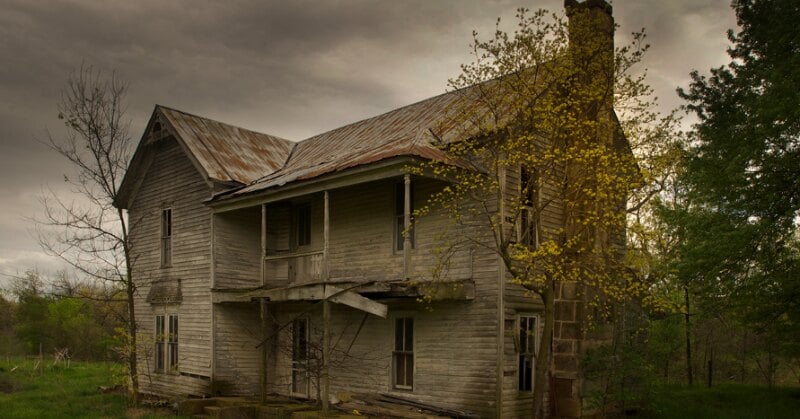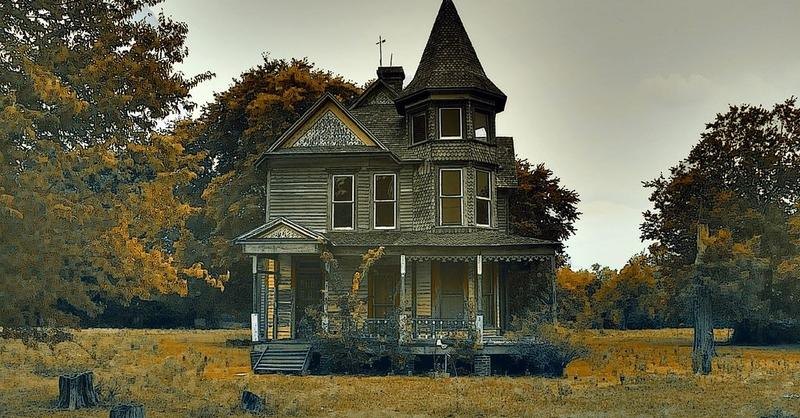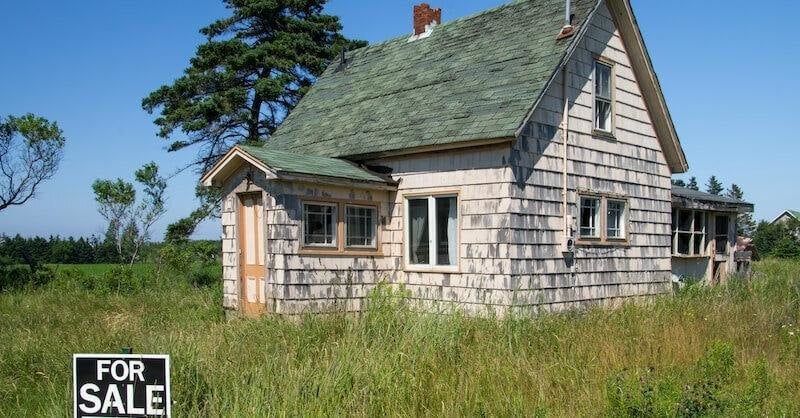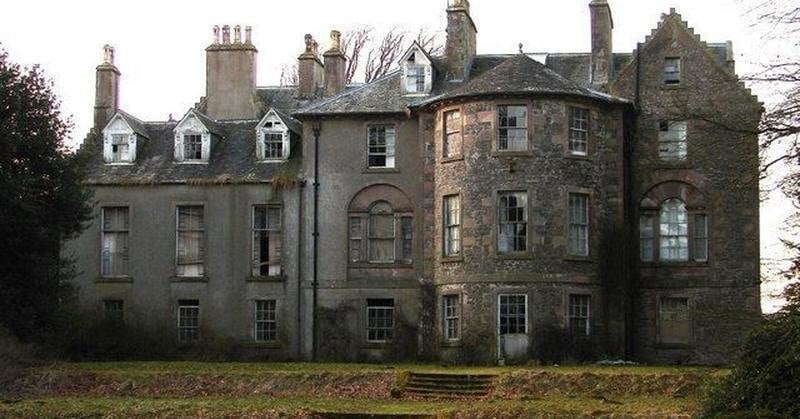Seniors should carefully consider housing price differences across U.S. regions when purchasing abandoned properties. This guide provides a detailed analysis of urban, suburban, and rural price trends, along with insights into cost of living, taxes, and renovation expenses.

1. Overview of U.S. Regional Housing Prices for Abandoned Homes
Abandoned property prices vary significantly depending on location, with urban areas generally costing more than rural ones. Here’s a detailed breakdown of average prices for abandoned homes across major U.S. regions:
| Region | Urban Prices | Suburban Prices | Rural Prices |
|---|---|---|---|
| Northeast | $150,000 - $300,000 | $100,000 - $200,000 | Below $100,000 |
| Midwest | $50,000 - $100,000 | $30,000 - $80,000 | Under $50,000 |
| South | $50,000 - $150,000 | $40,000 - $100,000 | Below $50,000 |
| West | $200,000 - $500,000+ | $150,000 - $300,000 | $100,000 - $200,000 |
2. Northeast vs. Midwest: Higher Cost vs. Greater Affordability
-
Northeast: In cities like Boston and New York, urban properties cost between $150,000 and $300,000, with suburban homes also relatively expensive ($100,000-$200,000). However, these properties often have strong resale potential.
-
Midwest: Offers the most affordable options. Urban homes in cities like Detroit and Cleveland range from $50,000 to $100,000, and rural properties can be found for under $50,000. Renovation costs in the Midwest are typically lower, making it an ideal region for seniors on a tight budget.
3. South vs. West: Warmer Climate vs. Higher Price
-
South: Cities like Memphis and Birmingham offer moderate prices, with urban homes between $50,000 and $150,000 and rural homes often below $50,000. While attractive for its mild climate, insurance costs in hurricane-prone areas can be high.
-
West: Urban areas, especially in California, have some of the highest prices, ranging from $200,000 to $500,000+. Even rural areas are more expensive compared to other regions, with prices starting around $100,000. However, the potential for long-term appreciation is higher in the West.
4. Cost of Living, Taxes, and Renovation Comparison
-
Cost of Living: The Northeast and West generally have the highest living costs, including groceries, utilities, and healthcare. The Midwest and South offer lower living expenses, making them better for seniors on a fixed income.
-
Taxes: States like New York and California have high property taxes, while Tennessee and Florida are more tax-friendly with lower rates and no state income tax.
-
Renovation Costs: Rural properties in the Northeast and Midwest may come with logistical challenges, raising repair costs. Urban homes, especially in the West, might have stricter building codes, increasing renovation expenses.
5. Best Affordable Regions for Seniors
-
Midwest: Ideal for those seeking the lowest property prices and renovation costs, especially in cities like Cleveland or Detroit.
-
South: Combines moderate property prices with a mild climate, though insurance costs can be a concern in coastal areas.
-
Northeast Rural Areas: While urban areas are expensive, rural properties in states like Maine and Vermont offer affordability, ideal for seniors seeking a quiet, low-cost lifestyle.
Conclusion
Seniors should balance housing prices, renovation costs, taxes, and living expenses when choosing a region to buy an abandoned property. The Midwest and South provide affordable options, while the Northeast and West offer higher prices but stronger market potential.




